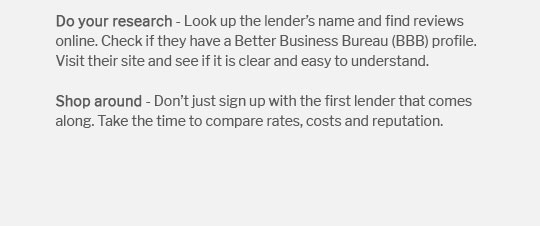 |
|||
 |
 |
 |
 |
|
|---|---|---|
 |
 |
|
 |
 |
|
 |
 |
 |
 |
Current 30-Year Mortgage Rates in Connecticut: A Comprehensive OverviewThe landscape of mortgage rates is ever-evolving, and as of now, 30-year mortgage rates in Connecticut have become a focal point for many potential homeowners and refinancing individuals. Understanding these rates is crucial, given their significant impact on long-term financial planning. In recent months, the rates have shown a varied range, influenced by economic factors, market dynamics, and the Federal Reserve's monetary policy. For those looking to secure a 30-year fixed-rate mortgage in Connecticut, it’s essential to delve into the details and nuances of the current offerings. Connecticut, known for its picturesque landscapes and vibrant communities, presents a housing market that is both competitive and diverse. As of the latest data, the average rate for a 30-year fixed mortgage in the state hovers around 4.5% to 5.0%, which is slightly above the national average. This variation is attributed to several factors including the lender, the borrower's credit profile, and the specificities of the property in question. It is noteworthy that these rates are subject to fluctuations, reflecting changes in the broader economic environment. When comparing popular mortgage options, one might consider the benefits of opting for a 30-year fixed-rate mortgage. This type of mortgage offers stability and predictability, with consistent monthly payments that remain unchanged throughout the loan term. For many, this is a compelling choice as it provides a sense of security and allows for easier long-term budgeting. However, it’s imperative to weigh this against other mortgage options available in Connecticut, such as adjustable-rate mortgages (ARMs), which might start with lower initial rates but come with the risk of increases over time. In examining the current mortgage landscape, one should also consider the array of lenders operating within Connecticut. Each lender may offer distinct terms and rates, making it advisable for potential borrowers to shop around and compare offers. Institutions such as Bank of America, Wells Fargo, and local credit unions often provide competitive rates, yet the key is to look beyond just the rate itself. Factors such as closing costs, lender fees, and the overall loan package must be considered to truly understand the cost implications of a mortgage.
As the mortgage market continues to navigate through economic shifts and policy changes, staying informed is more crucial than ever for prospective homeowners. By understanding the current trends and comparing various mortgage options, individuals can make well-informed decisions that align with their financial goals and housing aspirations. In conclusion, while the current 30-year mortgage rates in Connecticut present a mixed picture, they offer a range of opportunities for those ready to step into the housing market, with the promise of stability and long-term financial planning. https://www.americaneagle.org/Learn/Resources/Rates/Mortgage
Fixed Rate Mortgage Loans ; 30-Year Fixed, As Low As, 6.375%, 6.484% ; 20-Year Fixed, As Low As, 6.125%, 6.266%. https://mygsb.bank/personal/borrow/lending-rates/
CONVENTIONAL FIXED RATE RATE MORTGAGES (FRM) ASSUMPTIONS & DISCLOSURE ; 30 years - 6.625%, 6.789%, $64.03 - (FRM 30 YEAR) ; 20 years - 6.500%, 6.715%, $74.56 - ( ... https://www.mortgagenewsdaily.com/mortgage-rates/connecticut
Top 5 Originators in Connecticut. 3.2 %. US Bank ; Originations by Property Type. 86.3 %. Single Family ; Originations by Loan Purpose. 47.6 %. Refinance.
|
|---|